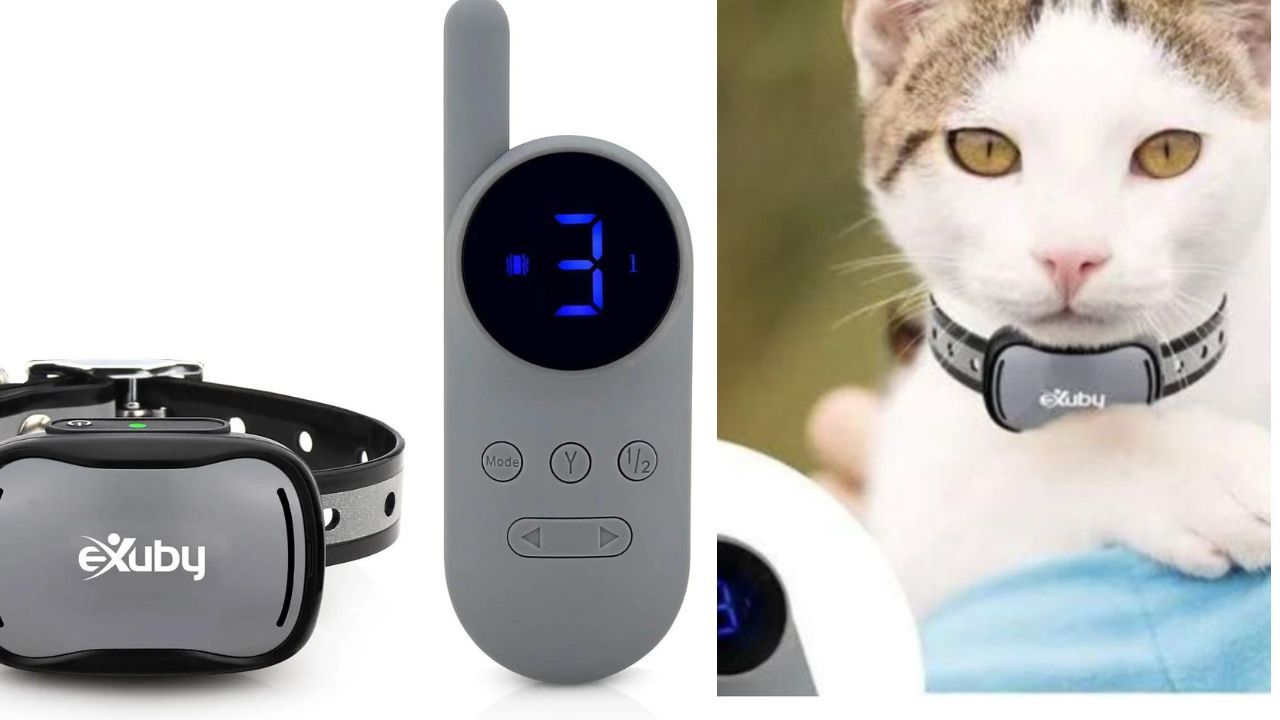You Won't Believe How Shock Collars Work On Your Cat—We Did the Research So You Don't Have To!
Read this blog to find out if you should be using a shock collar on your pet!

Ever seen a cat walking around with a shock collar and wondered how it worked? In this post, we'll explore how these devices work and whether or not they are effective in training cats.
A cat shock collar is a device that is placed around the neck of a cat and delivers an electric shock when the cat exhibits certain behaviors. The shock is intended to startle the cat and discourage it from repeating the behavior. For example, if a cat shocks itself by scratching furniture, the hope is that it will learn not to scratch furniture in the future.
There are two types of cat shock collars: those that deliver shocks automatically and those that require the owner to manually deliver shocks. Automatic collars are triggered by sensors that detect when the cat is engaging in unwanted behavior. Manual collars require the owner to press a button on the remote control when they see the cat engaging in the unwanted behavior.
Are They Effective?
There is no scientific evidence to support the claim that shock collars are effective in training cats. In fact, there is some evidence to suggest that these devices can actually make behavioral problems worse. Some cat owners will use the shock collar to get their cat’s attention; while others use them in conjunction with electronic fences to make sure that their cat does not go past a certain property line or in a certain area so that they will not get hit by a car or wander off and get lost. The device works for some pet owners and for others it does not.
Are Shock Collars Safe For Your Cat?
If your cat is healthy; and you are using the shock collar without high intensity that is unacceptable and not causing any unnecessary harm to your cat then using the shock collar to correct your cat’s behavior should be safe. Make sure like anything you purchase that you become familiar with the product and read the instructions carefully to make sure that you are using the shocking device correctly.
Monitor your cat closely to make sure that your cat is not showing a lot of anxiety, stress, confusion, or fear. Sometimes, instead of correcting behavior; the shock collar may cause an opposite behavior such as more aggression. Also, if your cat has a cardiovascular disease or problems with their nervous system; then you should not be using a shock collar on them.
Should You Only Use Shock Collars To Correct Behavior?
There are several shock collars that are made just for cats. Many cat owners have found it very difficult to turn their cat’s behavior around or dismiss some unwanted behavior using just the shock collars. It is very important to understand that shock collars should not be the only thing that you use when you are trying to correct a cat’s behavior. You should also use positive reinforcement especially when your pet does something correct or good. Also, if you do decide to use a shock collar to correct your pet’s behavior then you should not use the device for a very long time. Once the cat’s behavior has been corrected then you should discontinue using the device.
There is much controversy as to whether using a shock collar actually works to correct your pet’s behavior. Some pet owners will use a shock collar because they believe that this is the last resort for them to try to correct their pet’s behavior; and that they have no other alternative but to use a shock collar. While other pet owners will turn to other measures and products to correct their cat’s behavior. If you are not sure as to whether you should use a shock collar or not then you can always contact your veterinarian to see what advice that they may give you.
You can also click the button below to find out other products that we have reviewed for you and your special loved one that can be used to help control your cat’s behavior.

